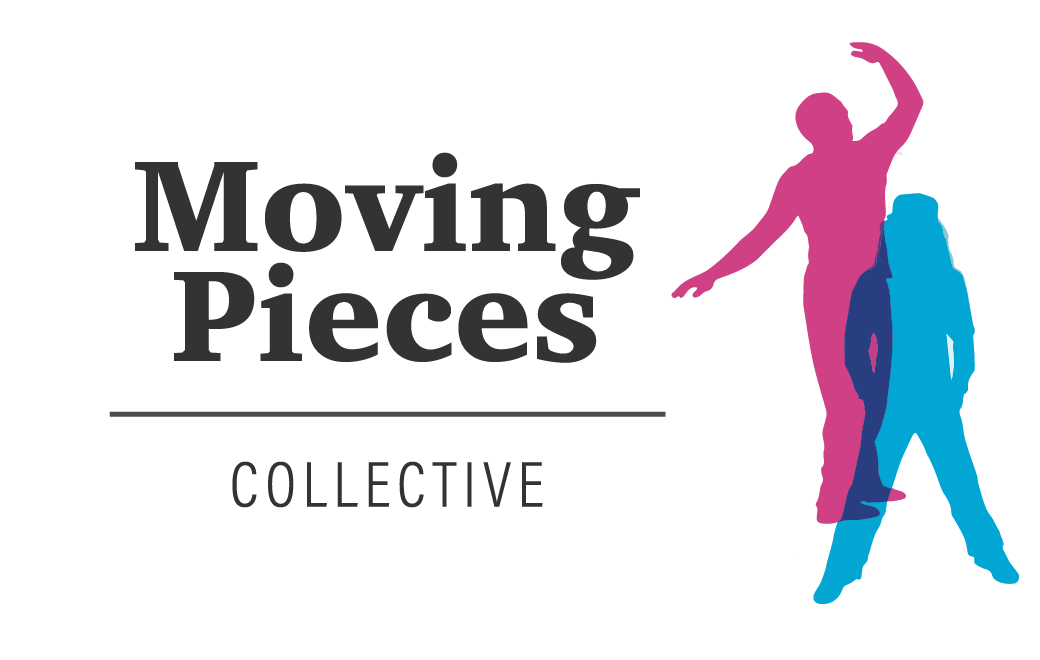Learning to play with what’s presented
During today’s session we were asked to “present ourselves” whilst wearing our masks. The task was seemingly simple, yet highly illuminating. We were asked to exit the room, place on our mask, then re-enter and wait for instruction. What came forward was extremely varied from person to person. In the position of witness, the presenter’s thoughts, conflict and dichotomy were apparent to see - at times physically, in an embodied sense, and others on a more energetic plane. Either way, the presentations were rich and telling. As the one presenting, the experience was layered and complex, whilst in the performance space there was a dual sense of the message you wanted to convey, and the message being conveyed. It seemed what was actually being communicated linked to our unconscious; the stories, experiences and narratives we’d shared across the duration of the workshop series, as well as prevalent themes we’d discussed.
What made the presentations captivating to watch was the instance the presenter followed their impulses. In my case, part of my present story was feeling a sense of numbness. This made it difficult for me to access the impulses that lay beneath. In moments such as this, during the period of discussion after the presentation Charlie made the suggestion that I “find the game” in numbness, that I learn to play with absence or avoidance. How do you play with it theatrically? Rather than ignore it, how do you explore it creatively? The answer can be carried through into every day life. This opened up my perspective on how to approach change and transition. Particularly, the type that evokes feelings of anxiety or fear.
In playing with thosesensations, the suggestion to my body and my mind was that I was in fact equipped to begin allowing impulses to flow. Or at least that it’s ok to surrender to struggle, and the exercise alsoreaffirmed that it will pass.
An extension of the original “present yourself” exercise was to present yourself, but with another participant, this inevitably meant that our masks would have the chance to encounter one another. My experience of the exercise was that, I felt initially, shackled to a sense of social ettiequte and therefore obligated to interact and make a positive connection with the other mask. However, that was not what naturally beckoned. The sense of numbness, avoidance and disease prevailed. But retrospectively, had I adopted this attitude ofplayfulness, an abundance of options would have been made accessible. Having witnessed when participants physically inhabited dilemmas, reactions, or emotions… Something metaphysical occurred. Something unconscious came to consciousness. This highlighted the body’s intelligence. But also the power in performance (which is essentially another word for play) and how body based work can be used psychotherapeutically, as a vehicle to gain a better understanding of one’s self and what is needed to achieve better self regulation.
By: Nieta Irons
